London is a city where history and modernity blend seamlessly, and its ancient buildings are living proof of its rich past. From medieval churches and royal palaces to Roman walls and bustling markets, these structures have stood the test of time, each with its own story to tell. Some have witnessed coronations and conquests, while others have survived fires and wars, adapting to the changing world around them. These architectural landmarks not only showcase remarkable craftsmanship but also offer a glimpse into the lives and events that shaped the city. Exploring London’s oldest buildings is like stepping back in time, uncovering layers of history that continue to inspire and captivate visitors today.
Tower of London
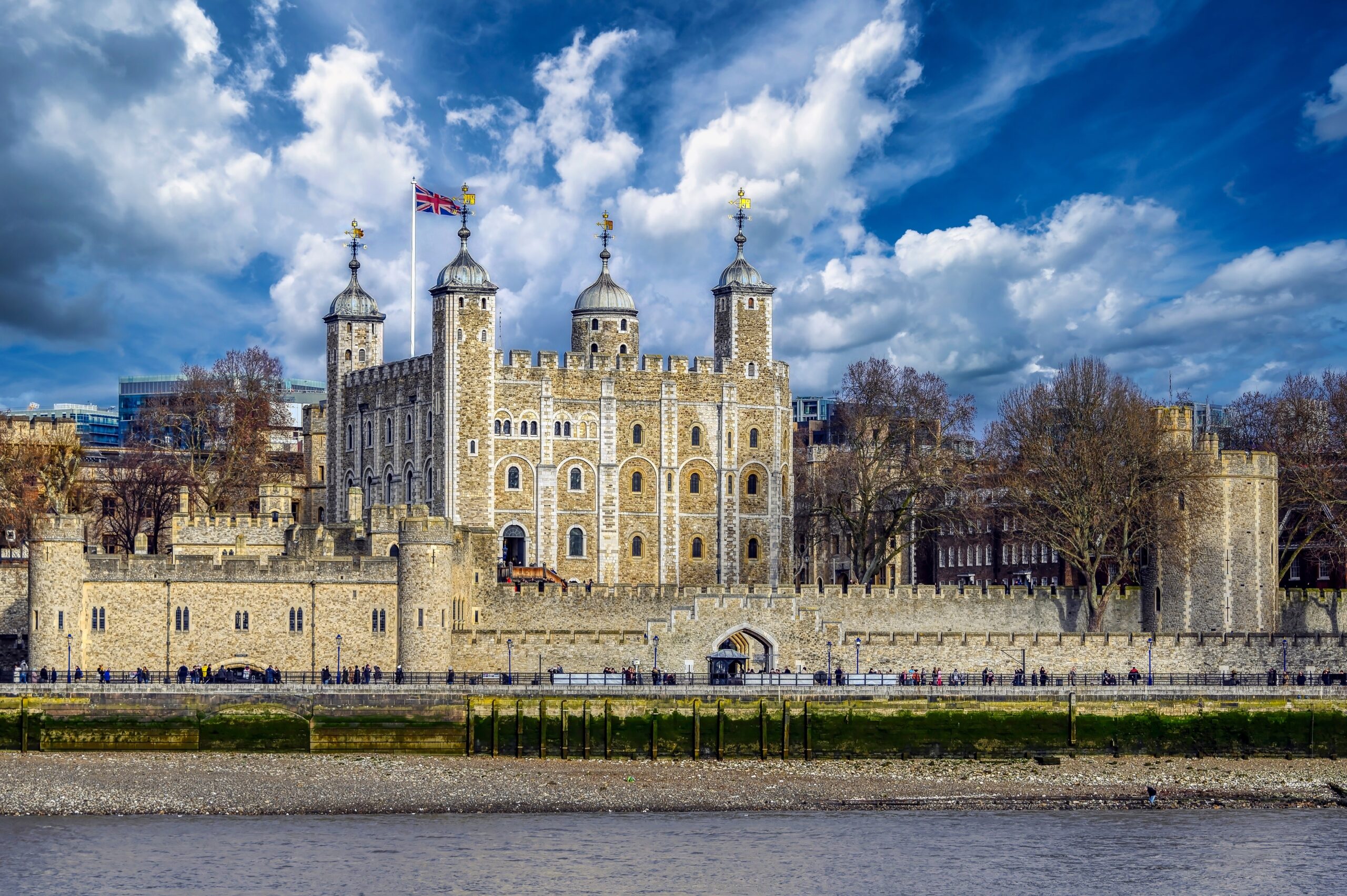
The Tower of London, established in 1066 by William the Conqueror, stands as one of London’s oldest and most iconic buildings. Originally constructed as a symbol of Norman power, it has since served as a royal palace, prison, and treasury. Its White Tower, completed in 1078, showcases Norman military architecture at its finest. Through centuries, the structure expanded with additional walls and towers, creating the formidable fortress seen today. The Tower’s rich history includes housing the Crown Jewels, an attraction that draws millions of visitors annually. Stories of infamous prisoners and ghostly apparitions add to its allure. Standing strong for nearly a thousand years, this UNESCO World Heritage Site remains a timeless monument of London’s past.
Westminster Abbey
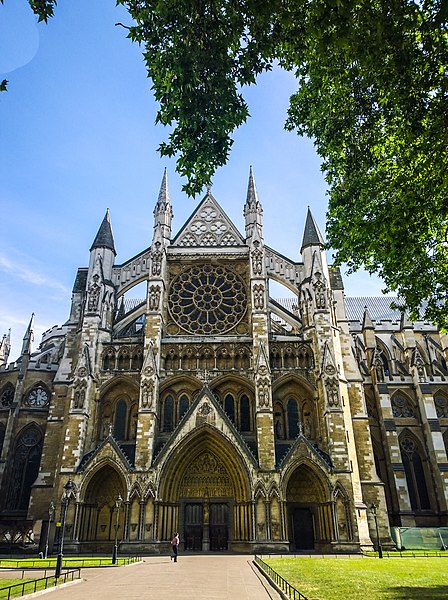
Westminster Abbey, founded in 960 AD as a Benedictine monastery, is a cornerstone of English history. The existing Gothic structure, built under King Henry III in 1245, replaced the original Saxon church. Renowned for hosting royal coronations since 1066, it remains central to British ceremonial traditions. This architectural masterpiece also serves as the burial site for numerous monarchs, poets, and scientists. Intricate stone carvings and stunning stained glass windows make it a marvel to behold. Its long-standing association with the monarchy underscores its importance in the nation’s heritage. With over a millennium of history, Westminster Abbey continues to be a spiritual and cultural beacon.
St. Bartholomew the Great Church
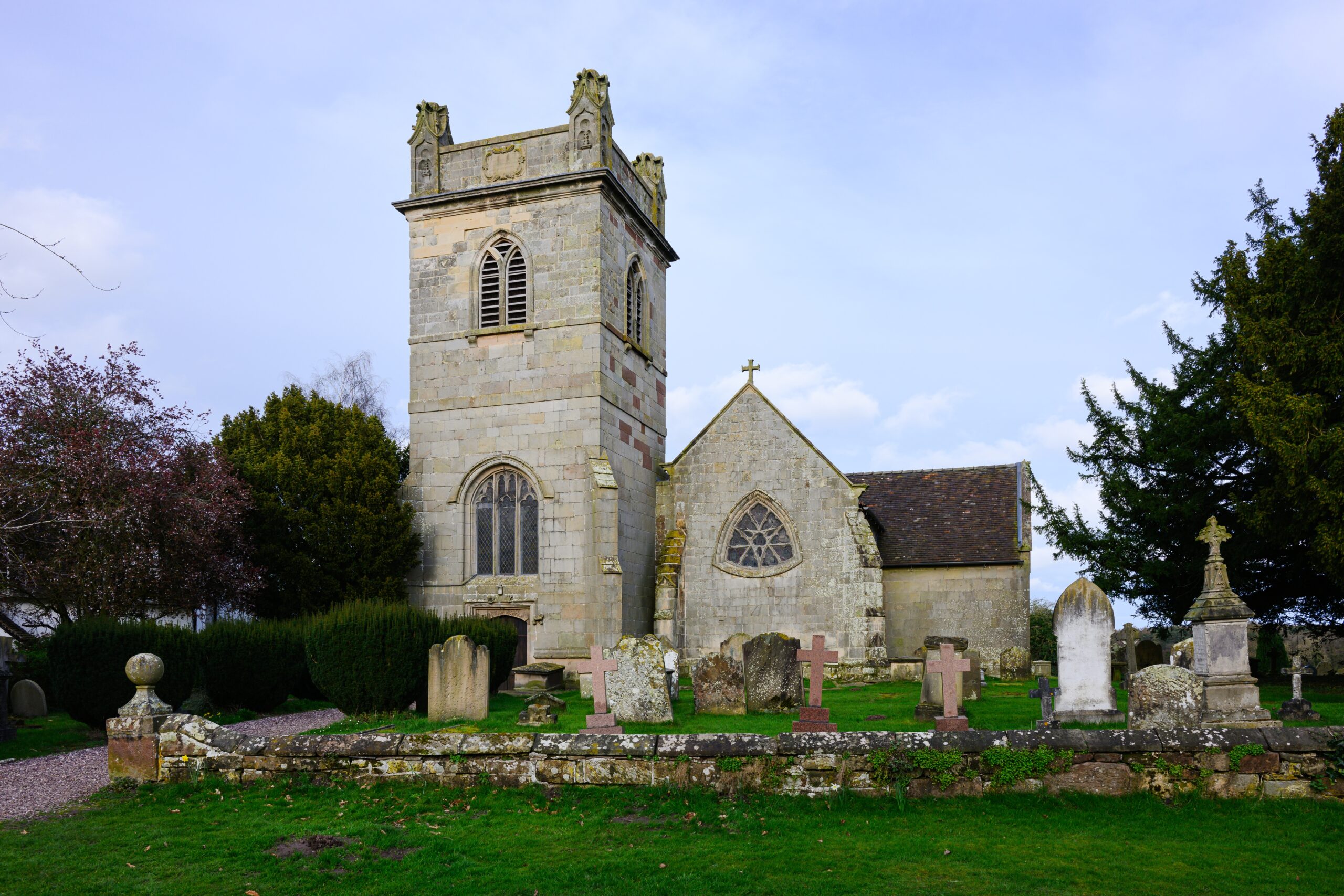
Founded in 1123, St. Bartholomew the Great Church is London’s oldest parish church still in use. Nestled in the Smithfield area, its Norman architecture reflects its medieval origins. The priory was established by Rahere, a courtier of Henry I, after a miraculous recovery from illness. Despite enduring the Dissolution of the Monasteries and the Great Fire of London, the church retains much of its original design. Visitors are captivated by its exquisite arched interiors and tranquil cloisters. The church also boasts a fascinating history of serving the local community for over nine centuries. This hidden gem is a serene retreat in the heart of a bustling city.
St. Bride’s Church
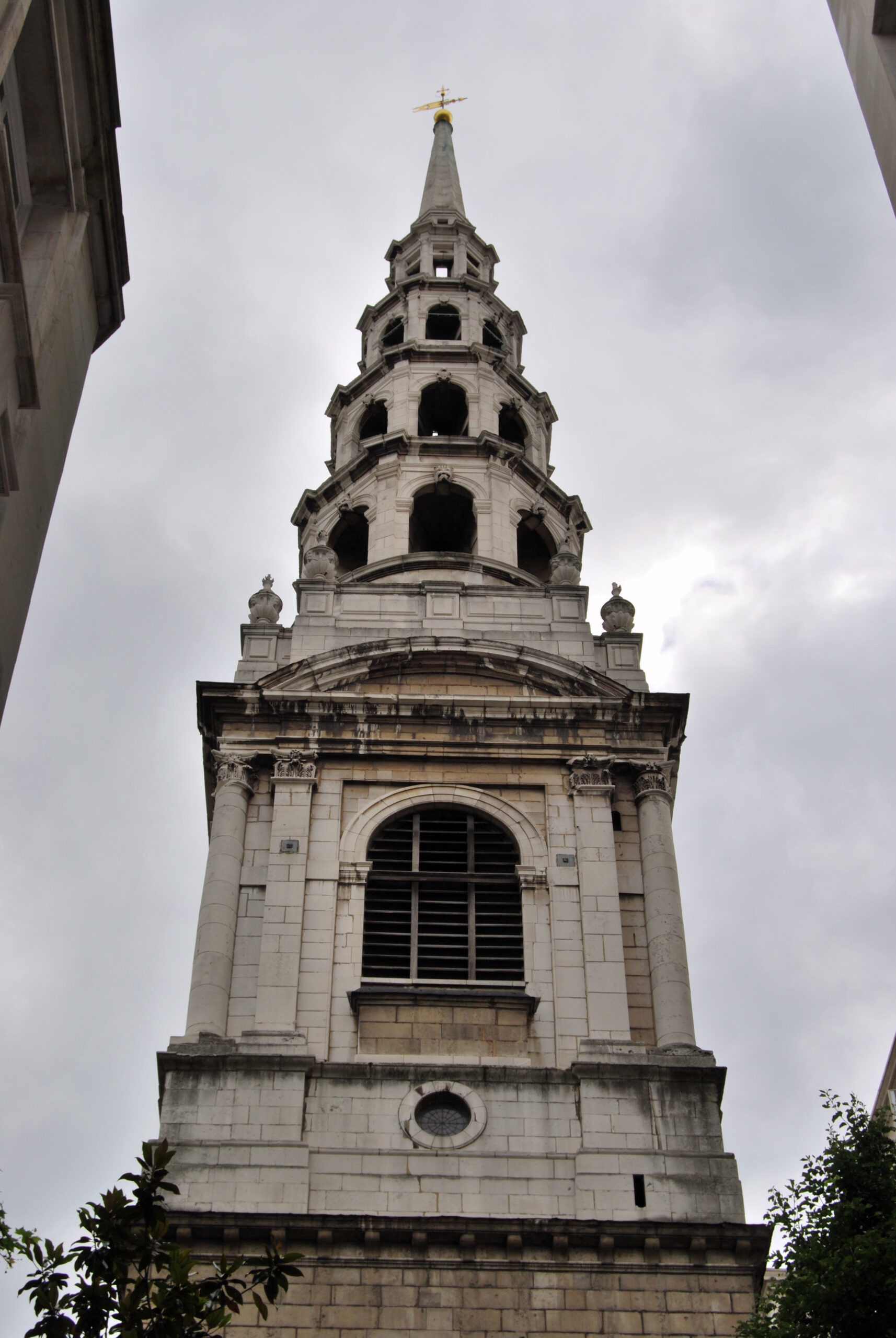
St. Bride’s Church, with foundations dating back to the 6th century, embodies centuries of history and transformation. Situated on Fleet Street, it has been a spiritual hub for journalists and writers. The current building, designed by Sir Christopher Wren after the Great Fire of 1666, features a striking tiered spire said to inspire the design of tiered wedding cakes. Beneath the church lies a crypt showcasing Roman, Saxon, and medieval remains. Its resilient history includes surviving bomb damage during the Blitz and subsequent restoration. Known as “the journalists’ church,” it holds a unique place in London’s ecclesiastical and cultural life. With roots stretching back over 1,400 years, St. Bride’s is a living testament to London’s layered history.
Guildhall
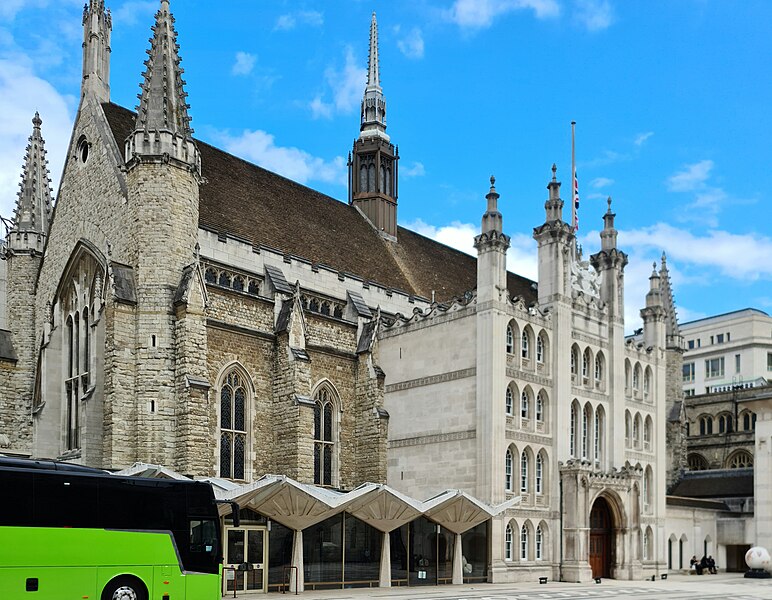
Dating back to 1440, Guildhall has served as the administrative center of the City of London for over six centuries. Its medieval Gothic architecture reflects its prominence as a symbol of the city’s self-governance. The Great Hall, where major events and ceremonies take place, has hosted significant historical moments, including trials like that of Lady Jane Grey. The building stands on the site of a Roman amphitheater, evident from archaeological remnants in the basement. Despite damage from the Great Fire and WWII bombings, Guildhall has been meticulously restored. Visitors marvel at its grandeur and historical exhibits, including the Guildhall Art Gallery. It remains a vital part of London’s governance and heritage.
St. Etheldreda’s Church
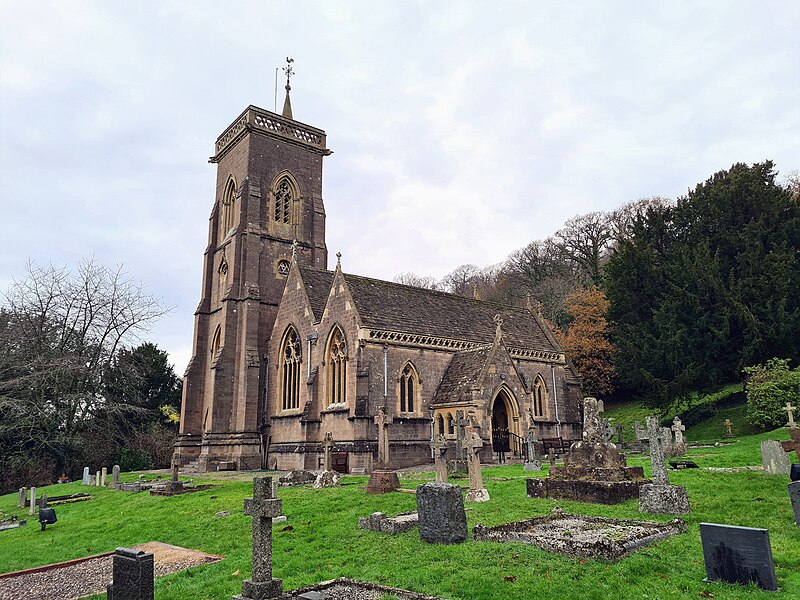
St. Etheldreda’s Church, built in 1250, is one of the oldest surviving Catholic churches in England. Tucked away in Ely Place, it served as the chapel for the Bishops of Ely. Its Gothic architecture features stunning stained-glass windows depicting biblical stories. Despite the turbulence of the Reformation and the English Civil War, the church endured as a hidden sanctuary for worship. During the 19th century, it regained prominence with the revival of Catholicism in England. Today, it is a peaceful haven in the heart of London, attracting both worshippers and history enthusiasts. With over seven centuries of history, St. Etheldreda’s reflects resilience and faith.
Temple Church
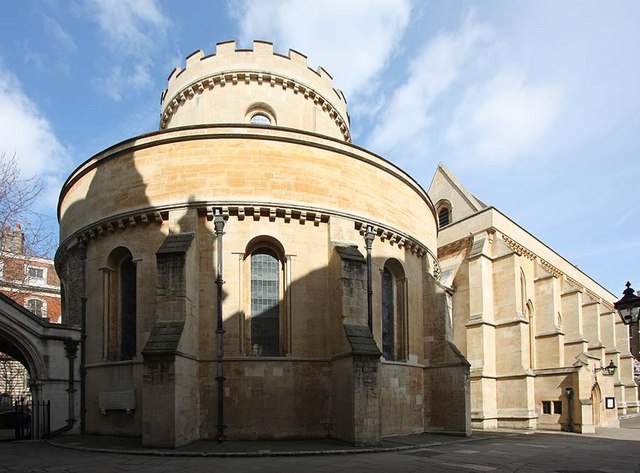
Built by the Knights Templar in 1185, Temple Church is a striking example of medieval architecture. Its round nave, inspired by Jerusalem’s Church of the Holy Sepulchre, is a unique feature. The church served as the Templars’ English headquarters before their dissolution in the 14th century. Over centuries, it has been a site of legal and religious significance, located within London’s Inns of Court. Heavily damaged during WWII, it was later restored to its former glory. Its effigies of medieval knights and beautifully carved interiors draw history lovers and tourists alike. Temple Church stands as a remarkable relic of London’s medieval past.
All Hallows-by-the-Tower Church
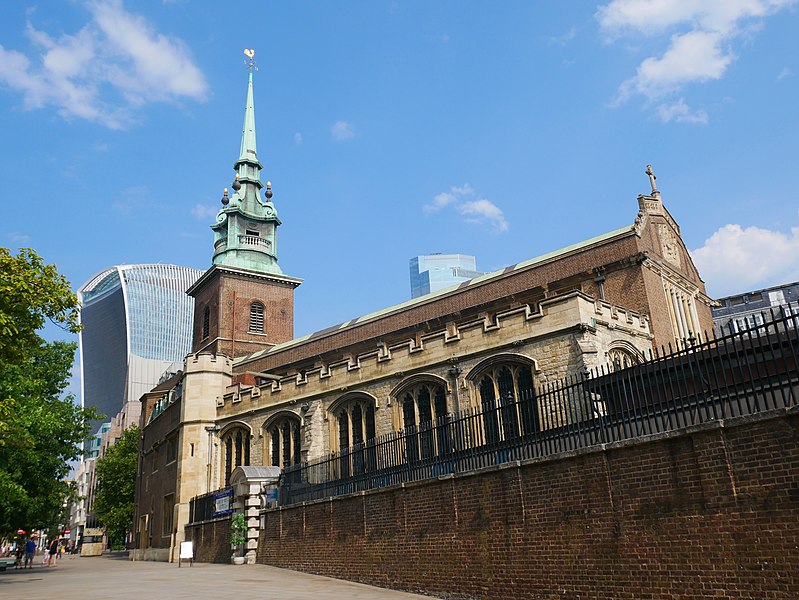
All Hallows-by-the-Tower, founded in 675 AD, predates the Tower of London by several centuries. It played a pivotal role in early Christianity, serving as a parish church for Londoners for over 1,300 years. The church contains Saxon and Roman artifacts unearthed beneath its foundation. Although severely damaged during the Blitz, it was rebuilt with care to preserve its historic character. Samuel Pepys famously watched the Great Fire of London unfold from its tower in 1666. Today, it is an active church, blending ancient history with modern worship. Its longevity and resilience make it a cornerstone of London’s spiritual heritage.
The Charterhouse
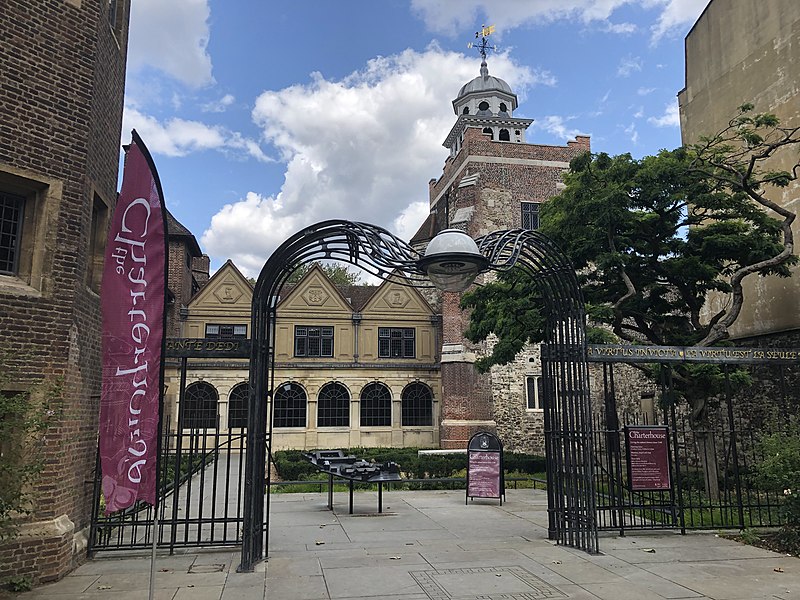
The Charterhouse, established in 1371 as a Carthusian monastery, is a hidden historical treasure. Located in Clerkenwell, it evolved over centuries from a religious house to an almshouse and school. The Great Plague of 1665 saw the building used as a burial site for victims, adding to its somber history. Its Tudor-era architecture remains remarkably intact, providing a glimpse into medieval life. Visitors can explore its atmospheric courtyards and learn about its role in London’s history through guided tours. The site now houses a museum, connecting its past to the present. The Charterhouse’s layered history offers a profound connection to London’s medieval roots.
The Clink Prison Museum

Established in 1144, the Clink Prison is one of London’s oldest and most infamous jails. Located in Southwark, it housed a mix of prisoners, from petty criminals to religious dissenters. The prison’s name became synonymous with incarceration, giving rise to the phrase “in the clink.” Though the original structure no longer stands, a museum now occupies the site, preserving its notorious legacy. Exhibits showcase artifacts and stories from its grim past, offering a unique insight into medieval justice. Visitors are both intrigued and horrified by the harsh conditions endured by inmates. The Clink remains a fascinating part of London’s darker history.
St. Dunstan-in-the-East Church
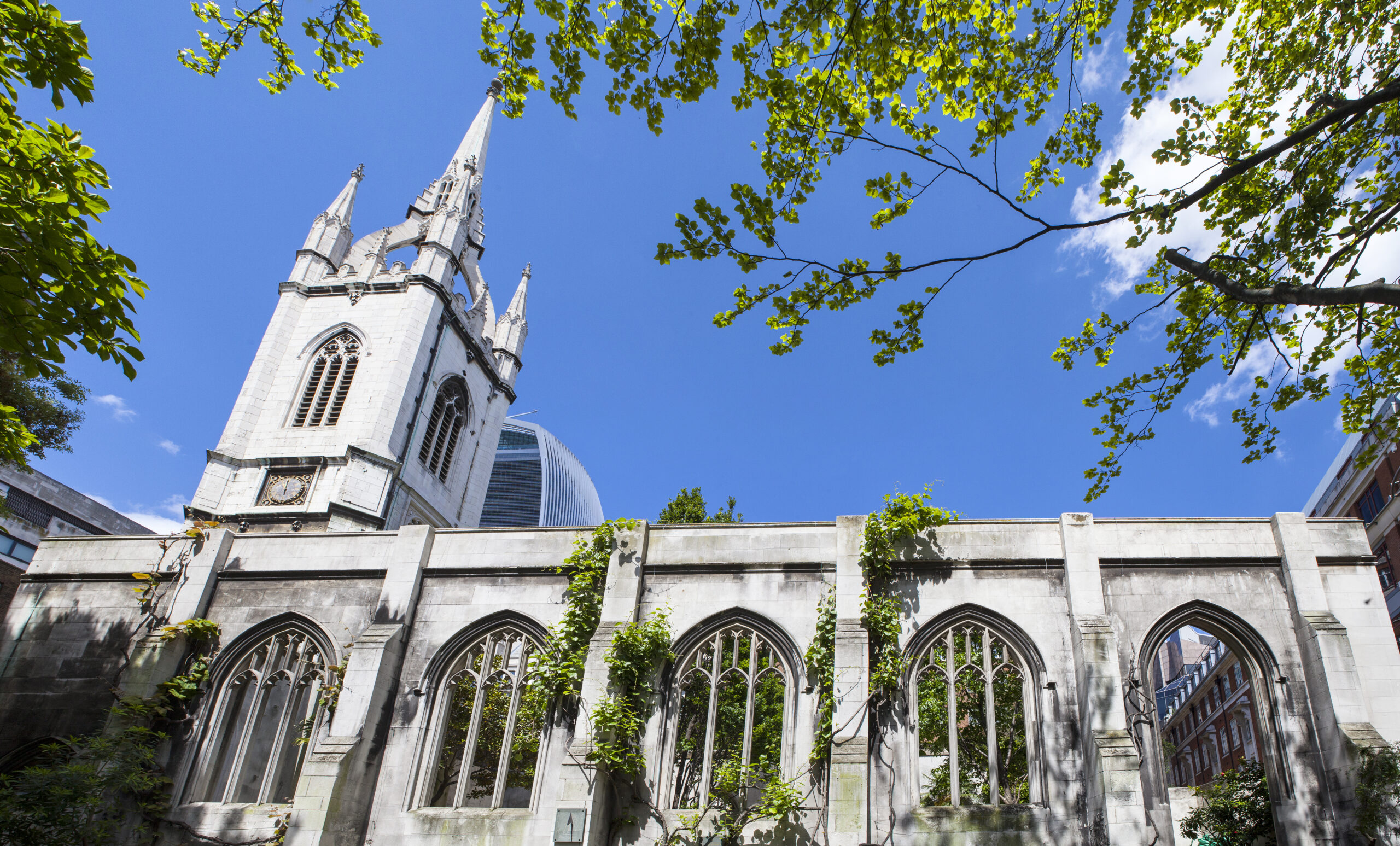
St. Dunstan-in-the-East, originally built in 1100, represents a fascinating mix of survival and rebirth. This medieval church, situated between the Tower of London and London Bridge, endured severe damage during the Great Fire of 1666. It was partially rebuilt by Sir Christopher Wren, who added a Gothic spire to its structure. Further destruction came during the Blitz in 1941, leaving the church in ruins. Instead of restoration, the city transformed the site into a public garden in the 1960s. Today, its ivy-covered walls and serene greenery create a tranquil escape for visitors. With over 900 years of history, it stands as a reminder of resilience amidst devastation.
Lambeth Palace
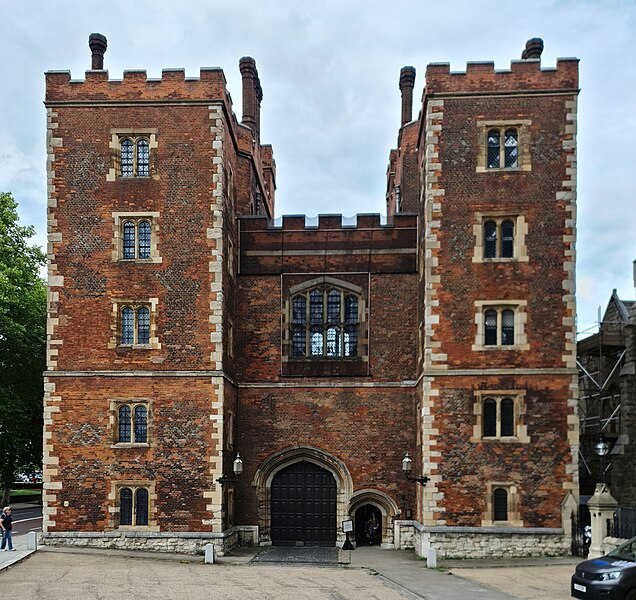
Lambeth Palace has been the official London residence of the Archbishop of Canterbury since 1200. Located along the south bank of the Thames, its medieval gatehouse and gardens showcase a blend of Tudor and Gothic architecture. The palace played a significant role during the Reformation and English Civil War, often serving as a meeting place for crucial religious decisions. Over centuries, it expanded to include a library housing invaluable manuscripts and records. Despite wartime bombings, much of its original structure remains intact. Visitors are drawn to its history and beauty, particularly during annual open garden events. Lambeth Palace continues to symbolize the enduring influence of the Anglican Church.
St. Mary-le-Bow Church
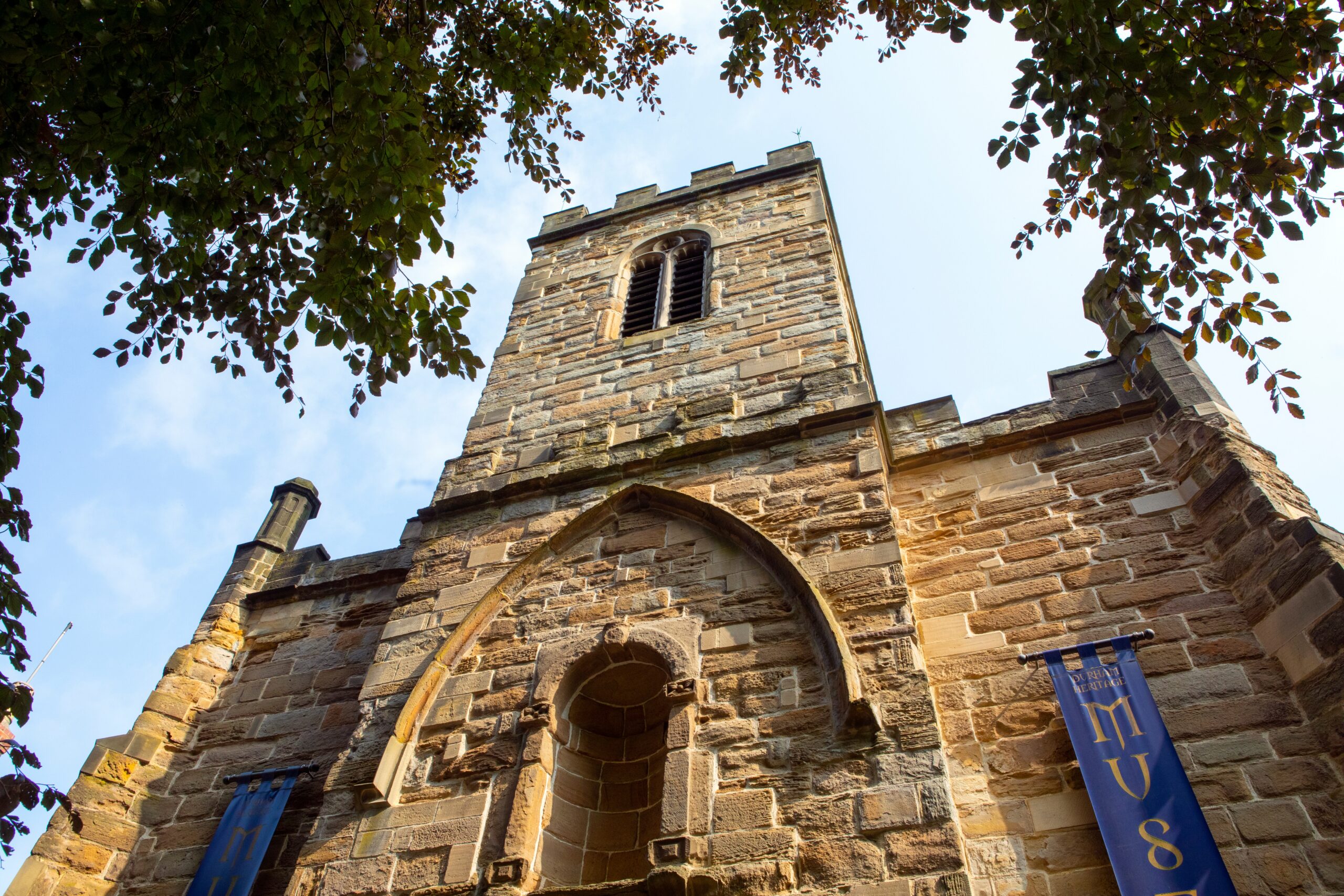
St. Mary-le-Bow Church, established in 1080, is renowned for its historic significance and distinctive bell tower. Located in Cheapside, it is famously associated with Cockney heritage, as only those born within earshot of its bells are considered true Cockneys. The church suffered destruction in the Great Fire of London and was later rebuilt by Sir Christopher Wren. Further devastation occurred during WWII, requiring extensive restoration. Its crypt, which predates the current structure, holds centuries of history beneath its floors. Today, it remains a functioning church and a popular tourist attraction. St. Mary-le-Bow’s story is one of survival and renewal across generations.
Winchester Palace
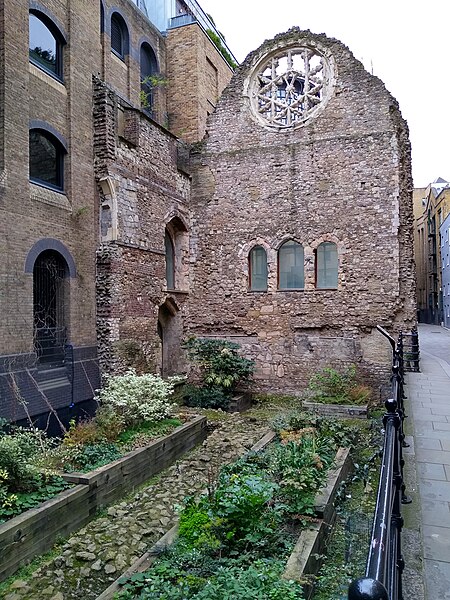
Winchester Palace, constructed in the 12th century, served as the London residence for the powerful Bishops of Winchester. Located in Southwark, the palace was a hub of medieval politics, religion, and entertainment. Its Great Hall, with its iconic rose window, was the centerpiece of this grand complex. Though much of it was destroyed by fire in 1814, the surviving ruins offer a glimpse into its former splendor. The site is now preserved as a historical landmark, with interpretive signs detailing its fascinating past. Visitors marvel at its architectural remains, which hint at the opulence of medieval ecclesiastical life. Winchester Palace stands as a testament to London’s ecclesiastical and aristocratic history.
The Roman Wall

The Roman Wall, constructed around 200 AD, marks one of London’s earliest architectural achievements. Encircling the city for nearly 1,000 years, it was originally built to fortify the Roman settlement of Londinium. Large portions of the wall remain visible today, particularly near Tower Hill and the Museum of London. Over the centuries, the wall was repurposed and incorporated into medieval and modern buildings. Archaeological excavations have revealed fascinating insights into Roman engineering techniques. It now serves as a poignant reminder of London’s ancient roots and its transformation over millennia. Walking along its remnants provides a unique connection to the city’s Roman past.
Eltham Palace
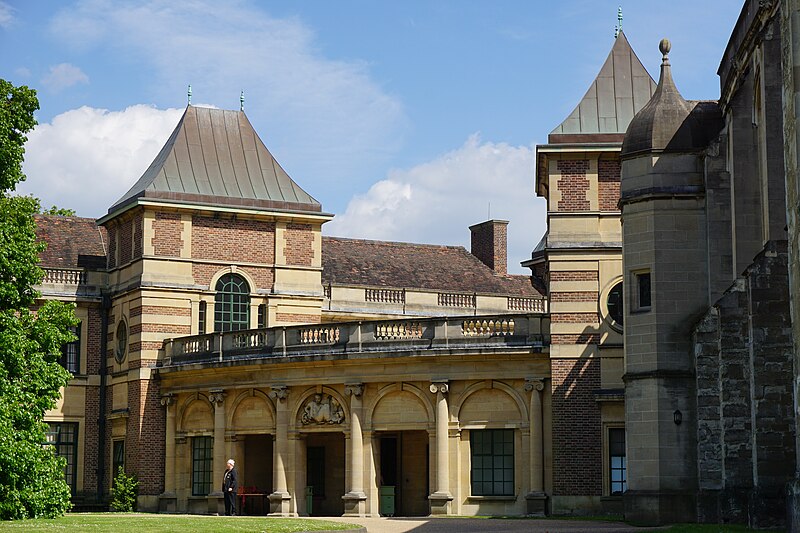
Eltham Palace, originally built in the 1300s, began as a medieval royal residence. Located in the borough of Greenwich, it was a favorite retreat for monarchs, including Edward III and Henry VIII. During the 20th century, the palace underwent a stunning transformation into an Art Deco mansion by the Courtauld family. This juxtaposition of medieval and modern architecture makes Eltham Palace truly unique. Visitors can explore its Great Hall, which boasts an impressive hammer-beam roof, alongside elegant 1930s interiors. Managed by English Heritage, the site offers a fascinating glimpse into both medieval and modern history. Its blend of styles and stories attracts history buffs and design enthusiasts alike.
St. Olave’s Church
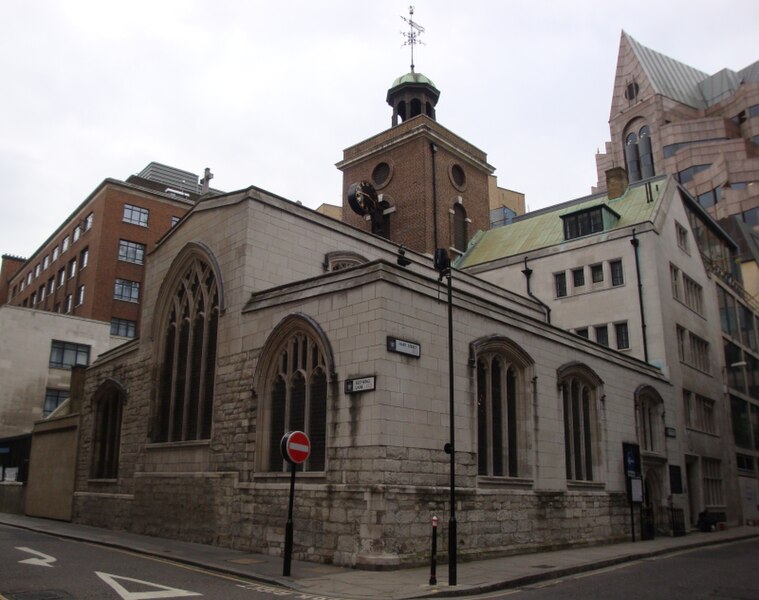
St. Olave’s Church, dedicated to the Norwegian King Olaf II, was established in the 11th century. Nestled in the heart of the City of London, this small church is a treasure trove of medieval history. Its macabre entrance, adorned with skull motifs, earned it the nickname “St. Ghastly Grim.” Despite being damaged during the Great Fire of London, it was rebuilt in the late 17th century. Samuel Pepys, the famous diarist, worshipped here and is buried in the churchyard. The interior boasts intricate wood carvings and a serene ambiance that contrasts with its bustling surroundings. Today, it remains an active place of worship and a quiet retreat for visitors.
Leadenhall Market

Leadenhall Market, established in the 14th century, began as a hub for poultry and game trading. Located in the heart of the City of London, its elegant Victorian architecture makes it a striking landmark. The current ornate structure, designed in 1881, stands on the site of the original medieval market. Over the years, it evolved into a bustling shopping destination, blending history with modern commerce. Its picturesque design has made it a popular filming location, including appearances in the Harry Potter series. Visitors enjoy its mix of boutiques, restaurants, and historic charm. Leadenhall Market remains a vibrant testament to London’s commercial heritage.
Southwark Cathedral
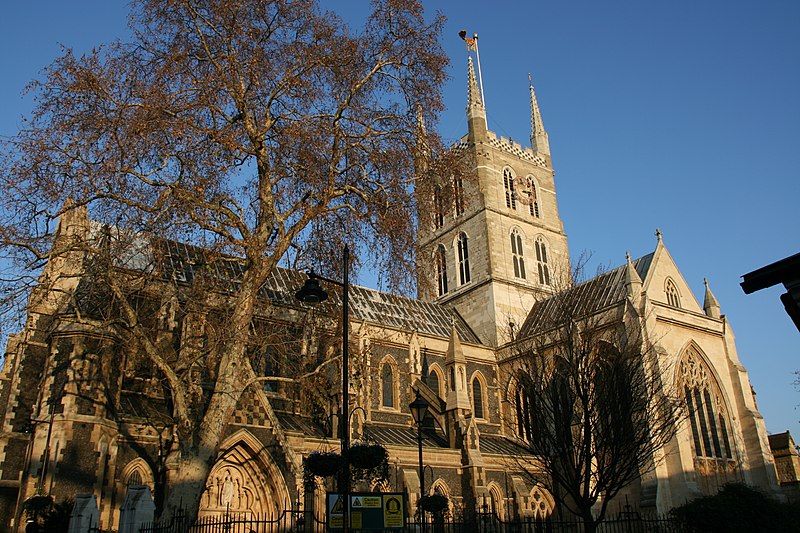
Southwark Cathedral, officially known as the Cathedral and Collegiate Church of St. Saviour and St. Mary Overie, dates back to 1106. Situated near London Bridge, it has been a center of worship and community for over 900 years. The current Gothic structure, completed in the 13th century, replaced an earlier Saxon church. Its stunning interiors feature medieval stonework, intricate stained glass, and the tomb of John Gower, a medieval poet. During the Reformation, the cathedral endured significant changes but retained its historical significance. Today, it hosts regular services, cultural events, and educational programs. Southwark Cathedral is a spiritual and historical gem in the heart of London.
St. Pancras Old Church

St. Pancras Old Church is considered one of the oldest sites of Christian worship in England, with origins tracing back to the 4th century. Nestled in a quiet corner of Camden, it offers a peaceful retreat from the bustling city. The current building, rebuilt in the Victorian era, incorporates elements from its medieval predecessors. Its churchyard is notable for housing the tomb of architect Sir John Soane and the Hardy Tree, surrounded by gravestones moved during railway construction. Despite its modest size, the church has played a significant role in London’s religious history. Today, it continues to serve as a place of worship and reflection. St. Pancras Old Church beautifully combines ancient roots with a living legacy.
This article originally appeared on Rarest.org.
More From Rarest.Org
Languages are the heart of culture, but many indigenous languages are on the verge of extinction. Colonization, globalization, and urbanization have drastically reduced the number of speakers for these ancient languages. Read more.
The world’s population is growing rapidly, and some countries are leading the way in size. Nations with the largest populations often face unique challenges and opportunities. Their large populations also impact global economies and politics. Read more.
The story of computing stretches back far longer than most realize, with early inventions laying the groundwork for today’s advanced technology. From ancient mechanisms predicting celestial events to massive machines aiding war efforts, the oldest computers in history demonstrate the ingenuity and ambition of their creators. Read more.



